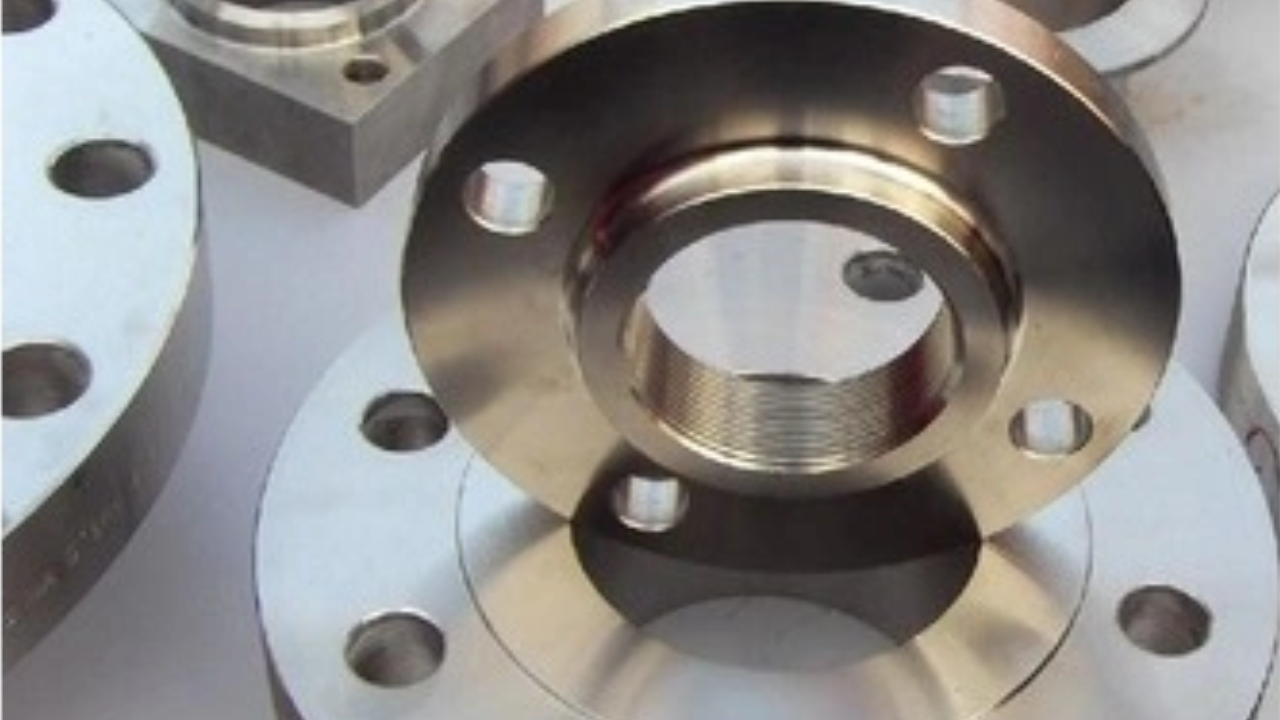Flanges are integral components in piping systems, connecting pipes and facilitating the seamless flow of fluids in various industrial applications. The manufacturing of flanges parts and the different types of flanges involves intricate machining processes to ensure precision, reliability, and compatibility within complex systems.
To achieve the highest quality, flanges must go through multiple steps of manufacturing or machining. Along with markings that aid in verification in the event of manufacturing or replacement, standards also control its production. Moreover, this component comes in a variety of forms, each with a unique set of uses.
Using more flange connections simplifies assembly in high-pressure scenarios compared to using an excessive number of big fittings. To maintain manifold, tube, and hose connections, the flange fittings also feature a zero-clearance arrangement that makes it easy to disconnect and reconnect them.
Machining Process of the Flange Parts
Here we will discuss the machining process of flange parts, examining the key steps involved and the significance of precision in their production.
Material Selection
The machining process begins with the careful selection of materials that meet the specific requirements of the intended application. Common materials for flanges include carbon steel, stainless steel, and alloy steel, each chosen for its mechanical properties, corrosion resistance, and compatibility with the conveyed fluids.
Cutting and Shaping
The initial step in machining involves cutting the raw material into the desired shape for the flange. This can be achieved through various cutting methods, such as sawing, shearing, or laser cutting, depending on the material thickness and specifications. Subsequently, shaping processes like turning, milling, or drilling are employed to achieve the precise dimensions and contours required for the specific type of flange.
Flange Facing
Flange facing is a critical aspect of the machining process, involving the machining of the flange surfaces that come into contact during assembly. The choice of flange facing type, whether raised face, flat face, or ring-type joint, dictates the machining approach. Precision is paramount in this step to ensure the mating surfaces align seamlessly, providing an effective seal and preventing leaks in the piping system.
Bore Machining
Bore machining involves creating the central opening in the flange through which the fluid will flow. This process demands precision to achieve the correct diameter and concentricity. Different flange types may require varying bore configurations, such as threaded, smooth, or grooved, depending on the specific application and system requirements.
Bolt Hole Drilling
Flanges are typically secured to pipes or other flanges through bolted connections. Precision drilling of bolt holes is crucial to ensure proper alignment during assembly. Computer Numerical Control (CNC) machines are often employed to achieve accurate and consistent whole patterns, adhering to industry standards and specifications.
Surface Finish
Achieving the right surface finish is essential for the functionality and longevity of flange parts. Post-machining processes, such as grinding or polishing, are employed to enhance surface smoothness, remove any imperfections, and improve corrosion resistance. The specified surface finish is often dictated by the type of flange and the requirements of the application.
Quality Inspection
Throughout the machining process, quality inspection is conducted at various stages to ensure that the flange parts meet stringent standards. Dimensional accuracy, surface finish, material integrity, and overall adherence to design specifications are meticulously checked. Non-destructive testing methods, such as ultrasonic testing or magnetic particle inspection, may also be employed to identify any hidden defects.
Bottom Line
The machining process of flange parts is a complex and precision-driven journey that transforms raw materials into critical components for fluid transportation systems. From material selection to final inspection, each step plays a vital role in ensuring the quality, functionality, and reliability of flanges. Precision in machining is not merely a goal but a necessity, as it directly influences the performance and safety of industrial piping systems. As technology advances, CNC machining and automated processes continue to elevate the precision and efficiency of flange production, contributing to the seamless functioning of diverse industrial processes.


